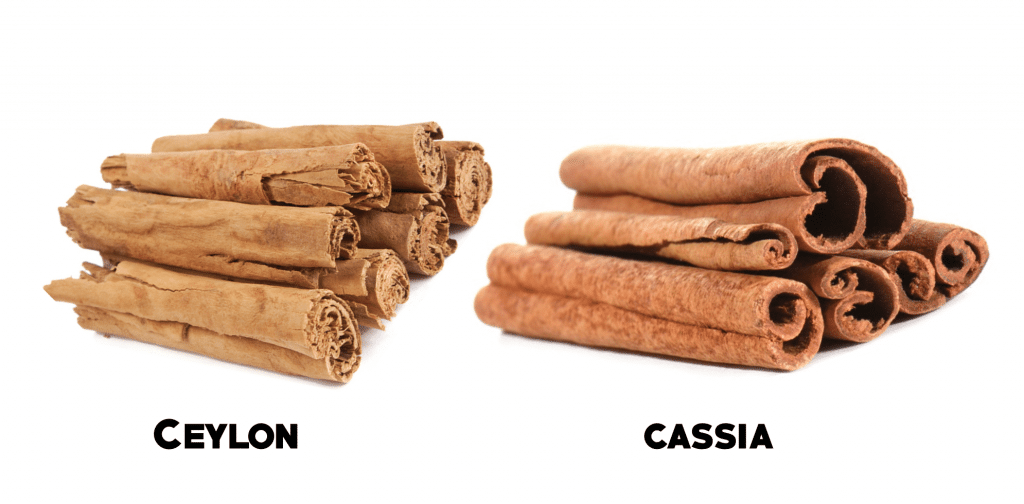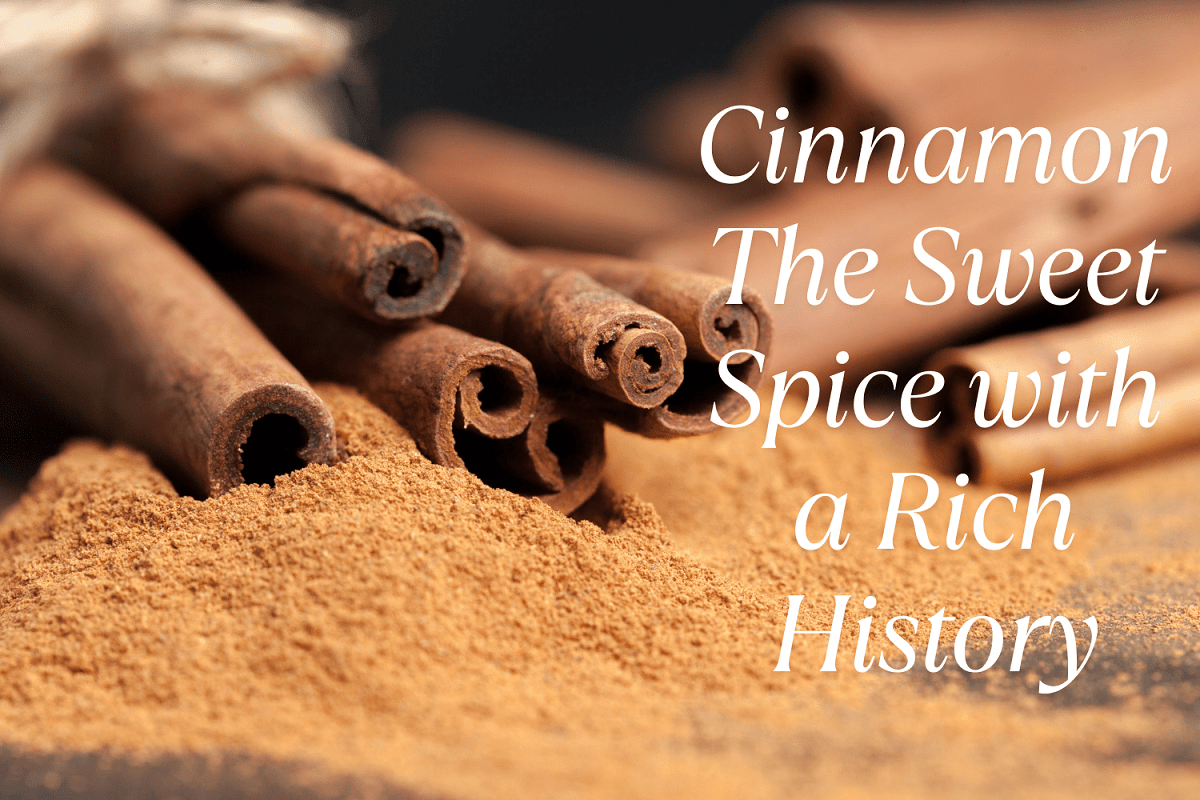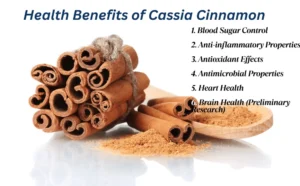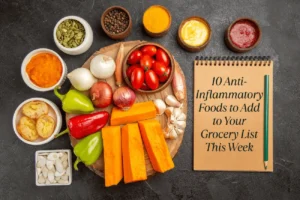Cinnamon is a fragrant spice obtained from the bark of select tree species in the Cinnamomum family. For thousands of years, not only the bark but also the leaves, flowers, fruits, and roots of the cinnamon tree have been valued in traditional medicine across cultures. Today, cinnamon remains a staple in kitchens around the world, celebrated for the warmth and depth it brings to both sweet and savory dishes.
Whether it’s dusted over a warm bowl of oatmeal or simmering in a pot of mulled wine, cinnamon continues to be one of the most cherished spices worldwide. But beyond its cozy aroma and comforting taste lies a rich history. From its ancient roots to its modern culinary fame, cinnamon is a spice with a story worth savoring.
What Is Cinnamon?
Cinnamon is made from the inner bark of trees belonging to the Cinnamomum genus. Once harvested, the bark is dried, where it curls into the familiar quills (sticks) or is ground into powder. Its flavor is earthy, sweet, and slightly spicy — perfect for both sweet and savory dishes.
Used in cooking, medicine, and rituals for thousands of years, cinnamon was once so highly prized that it was considered a gift fit for kings and gods.
Two Main Types of Cinnamon

Not all cinnamon is created equal. The two most common varieties are:
1. Ceylon Cinnamon (Cinnamomum verum) – “True Cinnamon”
- Origin: Native to Sri Lanka
- Flavor: Milder and sweeter
- Color & Texture: Light brown, paper-thin bark
- Bonus: Contains lower levels of coumarin, a naturally occurring compound that can be harmful in large amounts
2. Cassia Cinnamon (Cinnamomum cassia)
- Origin: Mostly grown in China and Indonesia
- Flavor: Stronger, more pungent and spicy
- Color & Texture: Darker, thicker bark
- Common Use: Most store-bought ground cinnamon in the U.S. is Cassia
How to Use Cinnamon in Your Kitchen
Cinnamon is incredibly versatile. Here are a few delicious ways to enjoy it:
- Baking: Add to cookies, muffins, breads, and, of course, classic cinnamon rolls
- Drinks: Spice up your coffee, chai, smoothies, or mulled wine
- Savory Dishes: Use in curries, tagines, or spiced rice
- Breakfast: Sprinkle on oatmeal, yogurt, or fruit
- DIY Spice Blends: Combine with cloves, nutmeg, and ginger for pumpkin pie spice or garam masala
Health Benefits of Cinnamon
Cinnamon is more than just a flavorful addition to your favorite recipes — it’s also been valued for its medicinal properties for centuries. Both traditional and modern research suggest that cinnamon may offer a variety of health benefits when consumed in moderation:
1. Helps Regulate Blood Sugar
Cinnamon may improve insulin sensitivity and help lower blood sugar levels. Some studies suggest it can support people with type 2 diabetes by enhancing the body’s ability to manage glucose.
2. Supports Heart Health
Cinnamon has been linked to reduced levels of “bad” LDL cholesterol and triglycerides, while maintaining or increasing “good” HDL cholesterol. Its antioxidant and anti-inflammatory effects may also support overall cardiovascular health.
3. Rich in Antioxidants
Cinnamon is loaded with powerful antioxidants, such as polyphenols, which help protect the body from oxidative stress — a factor linked to aging and many chronic diseases.
4. Has Antimicrobial Properties
The compounds in cinnamon, particularly cinnamaldehyde, have been shown to fight bacteria, fungi, and even some viruses. This makes cinnamon helpful in preserving food and possibly supporting immune function.
5. May Have Anti-Inflammatory Effects
Chronic inflammation is associated with many health conditions. Cinnamon contains anti-inflammatory compounds that may help reduce inflammation in the body and support long-term health.
6. May Support Brain Function
Some studies suggest that cinnamon may protect neurons, improve cognitive function, and even help reduce the risk of neurodegenerative diseases like Alzheimer’s and Parkinson’s. More research is needed, but early results are promising.
A Note of Caution
While cinnamon offers many potential health benefits, not all cinnamon is the same. The more common Cassia cinnamon contains higher levels of coumarin, a compound that can be harmful to the liver in large amounts. Ceylon cinnamon (often called “true cinnamon”) has much lower coumarin levels and is a safer option for regular use.
✅ Tip: For daily consumption or supplements, choose Ceylon cinnamon and always consult a healthcare professional if you’re considering it for medicinal purposes.
Storing Your Cinnamon
- Store in an airtight container in a cool, dark place
- Ground cinnamon stays fresh for about 6 months to a year
- Cinnamon sticks can last up to 2 years
Final Thoughts
Cinnamon is more than just a spice — it’s a centuries-old treasure that brings warmth and depth to dishes around the world. Whether you’re adding a dash to your latte or a stick to your stew, cinnamon is a delicious way to spice up your life — naturally.












